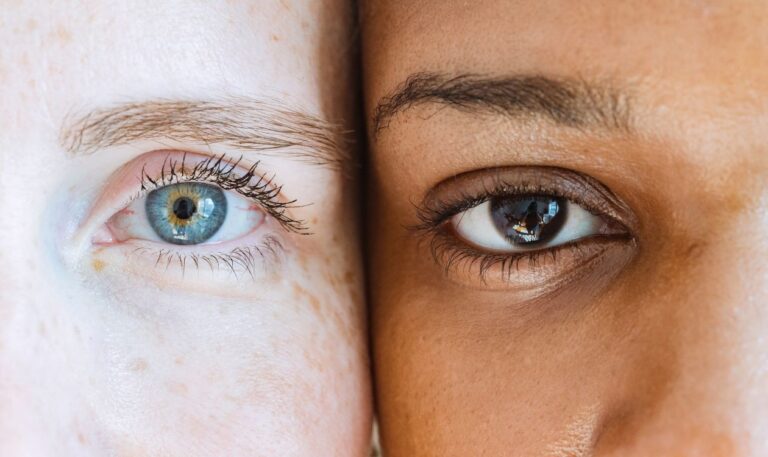In today’s modern world, living room lamps have become an integral part of our homes, providing illumination and ambiance. However, little do we realize that certain lamps can silently contribute to a common ailment: eye strain. In this eye-opening article, we delve into the harmful effects of some living room lamps on our eyes and shed light on the importance of choosing the right lighting for a healthier living space.
Living room lamps – Understanding
Understanding Eye Strain:
Eye strain, also known as asthenopia, is a condition that occurs when our eyes become fatigued or overworked due to extended periods of visually demanding tasks. Symptoms may include headaches, dryness, blurred vision, and discomfort. While factors such as screen time and improper ergonomics often take the blame, inadequate lighting from living room lamps can be a hidden culprit.
The Impact of Poor Lighting:
Living room lamps that emit harsh, glaring, or inadequate lighting can significantly contribute to eye strain. Insufficient lighting can force our eyes to work harder to focus, leading to unnecessary strain and fatigue. On the other hand, lamps with excessive brightness or improper positioning can create glare, causing discomfort and visual disturbances.
The best our Topic : Why do i smell bad even with good hygiene?
The Impact of Poor Lighting from Living Room Lamps on Eye Strain
Living room lamps are often the centerpiece of our home décor, providing both functionality and aesthetic appeal. However, we seldom realize the profound impact that poor lighting from these lamps can have on our eyes, specifically in terms of eye strain. Let’s dive deeper into the consequences of inadequate lighting and how it relates to living room lamps.
Here : Top 3 living room lamp – Stylish & Eye-Friendly Illumination
Living room lamps that emit harsh, unbalanced, or insufficient lighting can significantly contribute to eye strain and discomfort. When lighting conditions are inadequate, our eyes are forced to work harder to focus, leading to increased strain and fatigue. This strain can manifest as symptoms such as headaches, dryness, blurred vision, and general discomfort.
One of the primary culprits of poor lighting is insufficient brightness. When living room lamps fail to provide adequate illumination, especially in rooms with limited natural light, our eyes strain to adjust and perceive objects in the environment. This can result in squinting, which further exacerbates eye strain and discomfort.
On the other end of the spectrum, living room lamps that are excessively bright can create glare. Glare occurs when light is reflected off surfaces, such as glossy furniture or screens, and enters our eyes at an uncomfortable and distracting intensity. Glare not only strains our eyes but also interferes with our ability to see clearly, impacting our overall visual experience.
Here : Top 3 living room lamp – Stylish & Eye-Friendly Illumination
Improper positioning of living room lamps can also contribute to poor lighting conditions and subsequent eye strain. When lamps are placed in a way that causes direct light to shine into our eyes or creates uneven lighting across the room, it can lead to visual discomfort and difficulty in focusing.
To mitigate the harmful impact of poor lighting from living room lamps, it is crucial to consider several factors. Firstly, adjustable brightness options in lamps allow us to customize the lighting intensity according to our specific needs and tasks. This flexibility enables us to provide adequate illumination without overwhelming our eyes or straining them unnecessarily.
In addition, diffuse lighting is essential for creating a comfortable and evenly illuminated living space. Lamps that offer diffused light, rather than direct, concentrated beams, help to minimize glare and create a more soothing and eye-friendly environment.
Color temperature also plays a role in lighting quality. Living room lamps with a color temperature that mimics natural daylight (around 5000-6500 Kelvin) can reduce eye strain and promote a more relaxed ambiance. This balanced color temperature fosters a comfortable visual experience, especially during extended periods of time spent in the living room.
Lastly, proper placement of living room lamps is crucial to avoid direct light exposure to our eyes and minimize reflections on screens or glossy surfaces. By positioning the lamps strategically, we can ensure that the lighting is evenly distributed, minimizing eye strain and discomfort.
Key Factors to Consider:
When selecting living room lamps, it is crucial to consider the following factors to reduce the risk of eye strain:
- 1. Adjustable Brightness: Opt for lamps that offer adjustable brightness levels, allowing you to customize the lighting according to your needs and activities.
- 2. Diffuse Lighting: Choose lamps that provide diffused and evenly distributed light to minimize glare and create a more comfortable environment.
- 3. Color Temperature: Consider lamps with a color temperature that mimics natural daylight (around 5000-6500 Kelvin) to reduce eye strain and promote a more soothing ambiance.
- 4. Task Lighting: Use specific task lighting, such as desk lamps or reading lights, for focused activities to ensure adequate illumination without straining your eyes.
- 5. Proper Placement: Position the living room lamps strategically, avoiding direct light exposure to your eyes and minimizing reflections on screens or glossy surfaces.
Here : Top 3 living room lamp – Stylish & Eye-Friendly Illumination
Living room lamps play a vital role in creating a cozy and inviting atmosphere. However, the impact of improper lighting on our eyes should not be overlooked. By understanding the harmful effects of certain lamps on eye strain and considering the key factors mentioned above, we can create a healthier living environment that promotes visual comfort and overall well-being.
Remember, your eyes deserve the best care, and making informed choices when it comes to living room lamps can go a long way in safeguarding your ocular health. Let’s illuminate our living spaces with eye-friendly lighting solutions for a brighter, strain-free future.

